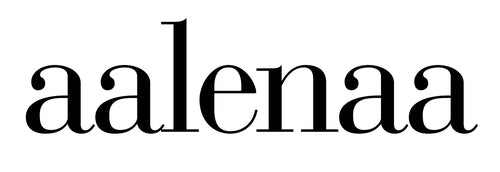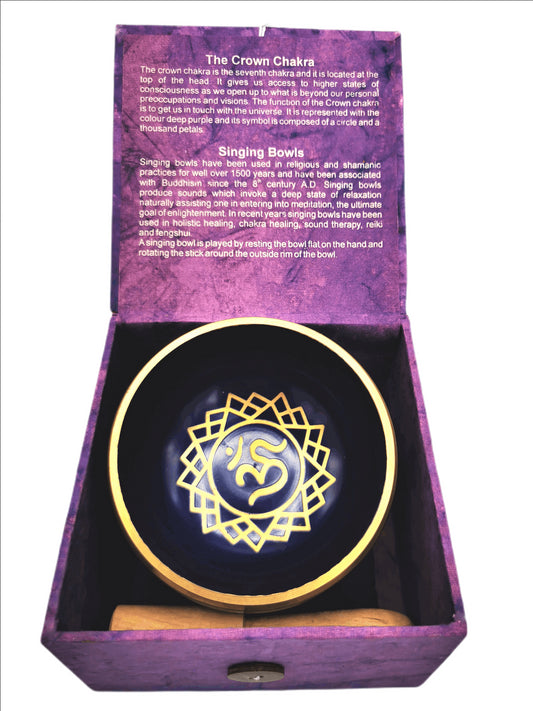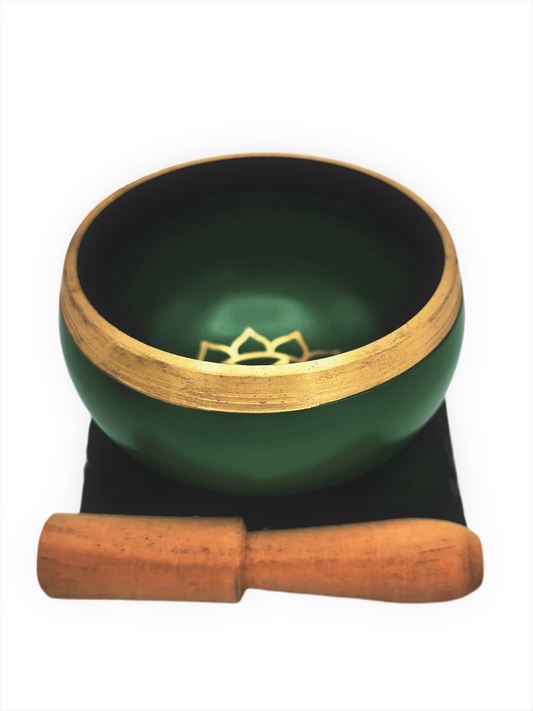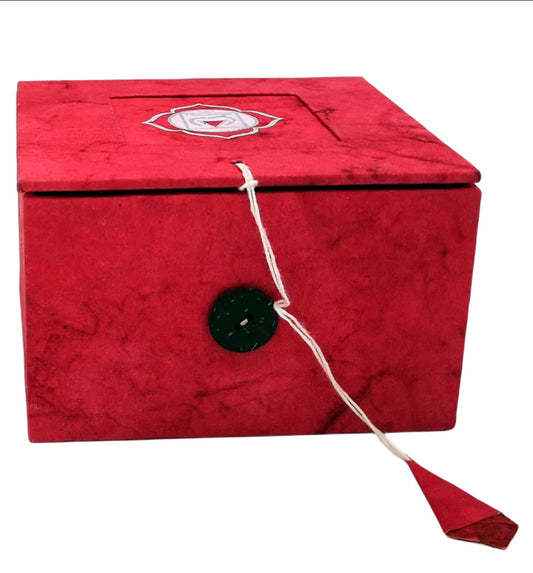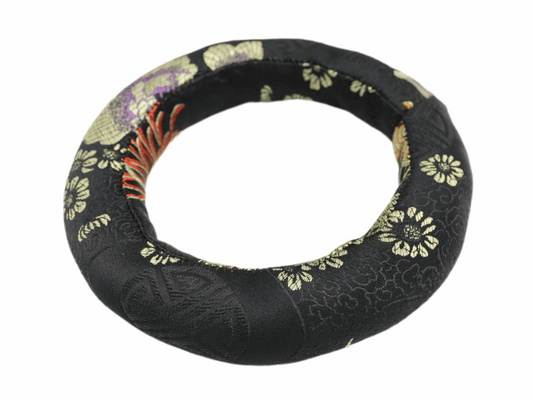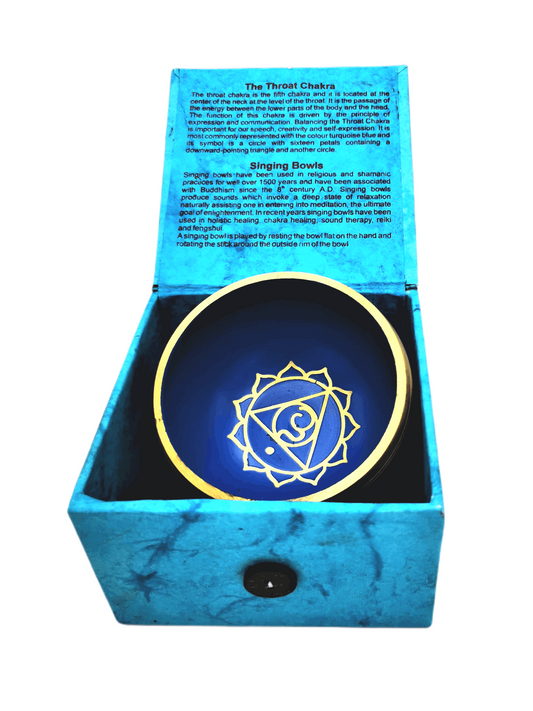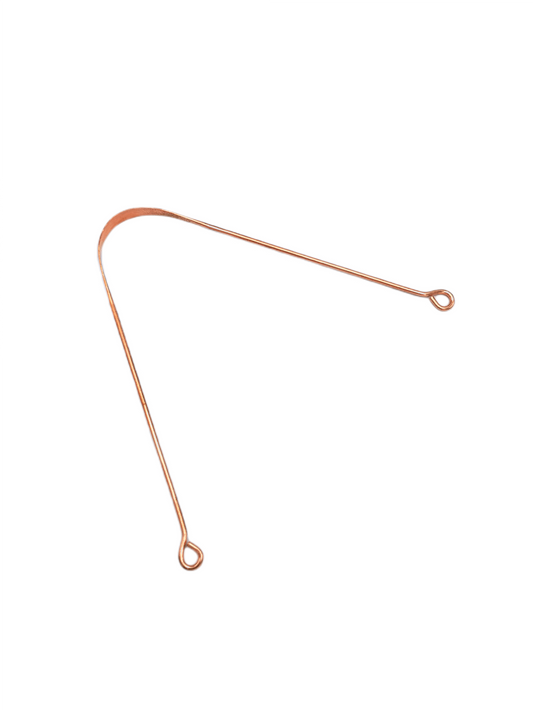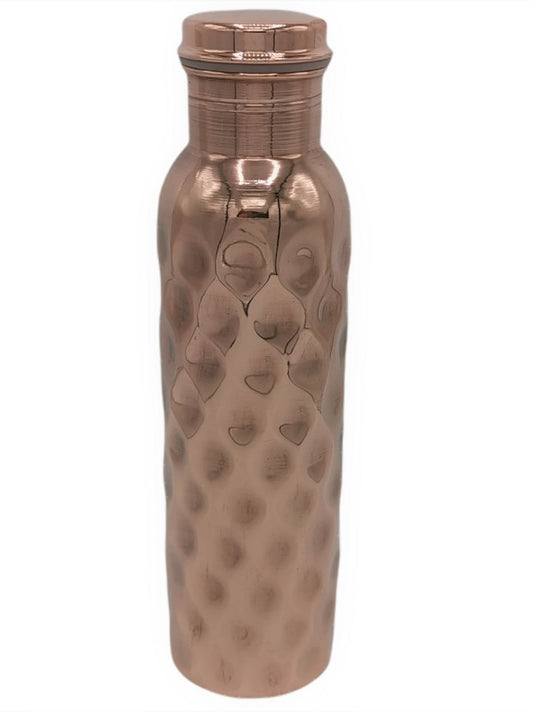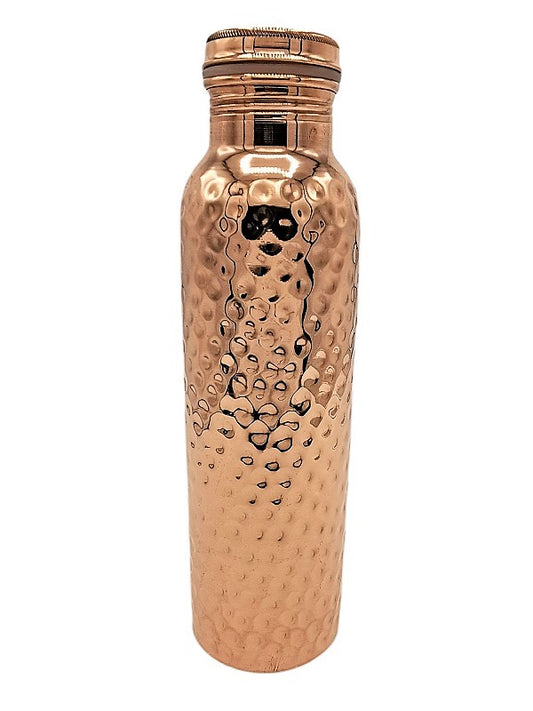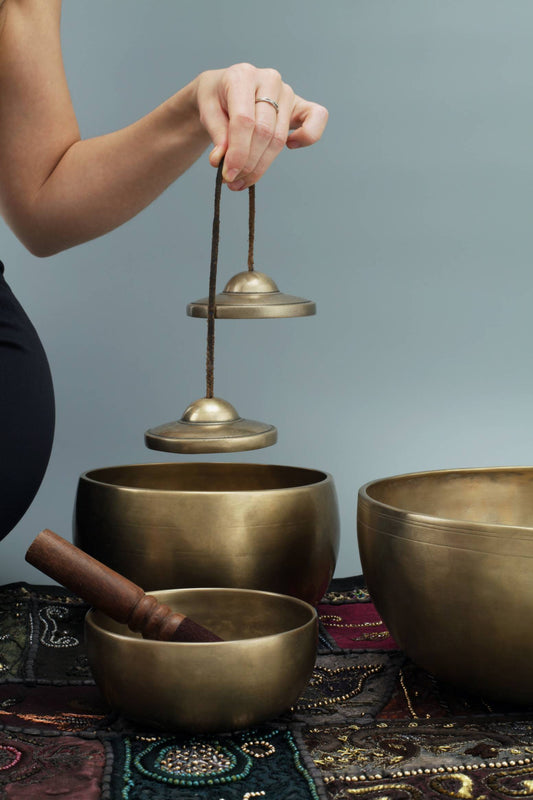Which singing bowls are the best?
You know their sound from yoga, Pilates, meditation, from sound journeys, YouTube or from music: singing bowls. Singing bowls are a means of deceleration at a time when the world and our everyday lives seem to be getting faster and faster. In this time of acceleration, singing bowls are very popular, so aalenaa did some research for you: Which singing bowls are the best?
What is a singing bowl?
A singing bowl is a bowl, usually made of brass or bronze, that produces a sound by rubbing and hitting it. Singing bowls come in different sizes, colors and shapes, painted and engraved with different religious symbols and motifs. Often used in religious and spiritual traditions, these bowls call for meditation and relaxation. They can also be used to heal and treat various diseases, eg through sound therapy. Singing bowls are not only used for making music, but have also become very popular with yogis. They can be used during a yoga class, for example to wake the class out of Savasana. They are also used in meditation or healing exercises.
What types of singing bowls are there?
Singing bowls can basically be distinguished in two ways:
Distinction by category of singing bowlHere we distinguish 3 different categories of singing bowls:
- meditation bowls
- therapy bowls
- crystal bowls
Here again there are subgroups with different characteristics and different areas of application.
Meditation bowls: have a very long-lasting, clear tone. This is produced by a bulbous or cylindrical shape. The cylindrical shape makes the tone very long and floating. Here there are shells up to 20 kg and a diameter of more than half a meter. In addition to being used for meditation, these meditation bowls can also be used for sound journeys and for music recordings. Meditation bowls come from Asia. The best known are the Tibetan singing bowls.
crystal bowls: are made of glass or crystal. They sound much clearer and much longer than the meditation bowls. You can hear their sound in the room for minutes. Crystal singing bowls are tuned to certain tones and frequencies by the thickness of the walls and the proportion of crystals. Here, the thicker the wall thickness of the shell, the higher and clearer its sound. The purer the material composition, the more voluminous and long-lasting its sound.
Therapy bowls: have a very large and broad frequency spectrum. The focus here is that the vibrations connect with the body and penetrate into the body. The sound isn't the focus here, even after the tone has long died away, the vibrations are still noticeable. Therapy bowls are usually smaller because they are placed on the body or in the aura. The sound of crystal or meditation bowls is nobler than that of therapy bowls.
Differentiation of antique singing bowls
Researchers have identified nearly 50 types of ancient singing bowls, but there are only seven or eight basic types, each with its own distinctive shape and sound.
- Jambati bowls often have visible hammer marks. There are classic etch lines on Jambati bowls - outside under the rim and below inside circular marks.
- Thadobati Singing Bowls are defined by relatively vertical sides and a flat bottom. Some Thadobati bowls are rounder than others.
- Remuna singing bowls are similar to the Thadobati in shape and timbre. Because they have a similar volume of sound, they blend seamlessly with the Thadobati at times.
- manipuri are the original singing bowls.
- Bihar bowls the powerful vibrations of the singing bowl respond to the sound of universal creation and inner consciousness.
How do singing bowls work?
Therapy with singing bowls is an ancient form of regeneration. Tibetan singing bowls have been used for healing and meditation for centuries. They create a range of sounds to restore the disturbed, diseased and non-harmonic vibrational frequencies of parts of the body, mind and spirit.
The tones produced by the Tibetan singing bowls are a type of energy medicine. These are used to heal stressful situations, pain, depression and most forms of mental health.
How do I use a singing bowl?
Making a Tibetan singing bowl sound for the first time can be challenging, but with practice it becomes increasingly easier and more interesting!
You place a singing bowl on your flat hand, on your body or on a singing bowl cushion. Never touch the edge of the bowl or enclose it with your fingers. This stops the vibrations and prevents sound and vibrations from developing freely.
Using the correct club (clapper)
A wooden mallet is used for smaller bowls, which elicits bright overtones from the singing bowl. A wooden mallet is not suitable for large bowls. With a thinly padded leather mallet, the shell sounds softer and more muffled. Leather beaters are suitable for small to medium sized bowls. You use a felt bobbin for large bowls. The larger the shell, the softer and thicker the padding the clapper should be. Felt bobbins with a handle really bring out the deep tones of large and very large bowls.
Tips & tricks for beginners
- You should train how much energy is necessary to make the attack sound harmonious. Too little energy produces the vibrations only insufficiently. "Too much" sounds uncomfortable.
- You hit the singing bowl, let it swing out and follow the sound. If you want to keep the sound, strum them again, but not too quickly. A rhythmic beating develops over time.
- Please never hit the edge from above or at an angle, and also not too close to the ground.
- You can make your singing bowl sing by evenly rubbing the edge. Hence their name "Singing Bowls". You use a wooden mallet for this. However, this technique requires a lot of practice. Do not get discouraged!
- Hold the mallet flat along the top edge of the bowl and guide it around the bowl with some pressure. The rule of thumb here is: if you hold it flat, it produces a lower tone, if you hold it slightly at an angle, the tone becomes higher. You can also hit them lightly beforehand.
- If you try to hold the deep, pulsating tone, the exercise has a meditative character. Here you can see how long you can keep your concentration.
- If you want to elicit an even singing tone from your singing bowl, the pressure and your rubbing speed must be right. Your movement is too fast or the pressure is too little when the bowl rattles.
How much do singing bowls cost?
You can get machine-made singing bowls at a starting price of 10-15 euros. A good set of therapy bowls can sometimes cost up to 1500 euros. High-quality singing bowls are an experience and go through the whole body. Good and heavy meditation bowls of up to 20 kilos can cost several thousand euros. Not only the processing and the basic vibration make a difference here, but also the material price, which is calculated according to the weight.
Are there alternatives to singing bowls?
Yes there is. Although not as well known, tone tubes or tuning forks are also great ways to harmonize vibrations and frequencies. The sound of a singing bowl can also be produced without a bowl, using a wind organ or triangle.
2 chimes are made by hand in France. The Koshis and the Zaphir. The Koshis are available in 4 sound melodies and are made of bamboo. The Zaphir chimes are available in 5 sounds: Crystalide (spring), Sunray (summer), Sufi, Twilight (autumn) and Blue Moon (winter)
Chimes are not only a decorative meditation accessory to look at, but also surprise as a feng shui wind chime with its spherical sounds with every breeze in the garden or house.
